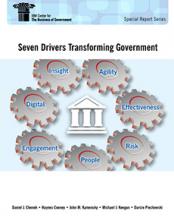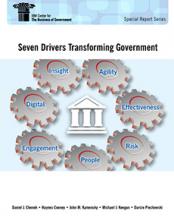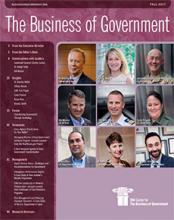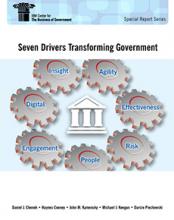
Blog
Tuesday, December 5, 2017
Using the “3 P + S” approach can move government modernization forward, faster!
Friday, December 1, 2017
Articles from across the Web that we at the IBM Center for The Business of Government found interesting for the week of November 27 – December 1, 2017.
by Dan Chenok
Tuesday, November 28, 2017
A recent roundtable of government leaders and stakeholders discussed success factors for sharing threat information within and across borders.
Tuesday, November 28, 2017
Mitigating risk, managing cybersecurity, and building resiliency to meet the mission of government
Tuesday, November 21, 2017
Last week, I had the honor to moderate a panel on the topic of “Implications of Machine Learning on the Workforce” for the United States Geospatial Intelligence Foundation.
Monday, November 20, 2017
Applying enterprise approaches to achieve better outcomes, operational efficiency, and leaner government.
Friday, November 17, 2017
The IBM Center's Weekly Roundup highlights articles and insights that we found interesting for the week ending November 17, 2017.
Thursday, November 16, 2017
These are leadership stories that introduce you to those on the front line charged with delivering the business of government.
by Dan Chenok
Thursday, November 16, 2017
A recent Roundtable discussion addressed how the public and private sectors can work together effectively to accelerate progress in leveraging support services across agencies.
Tuesday, November 14, 2017
Adopting new ways for government to operate, using agile principles and putting user experiences and program results at the forefront.













